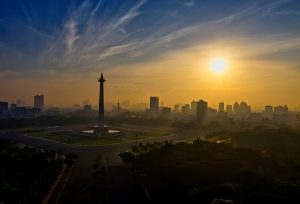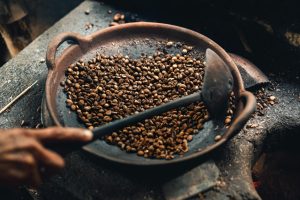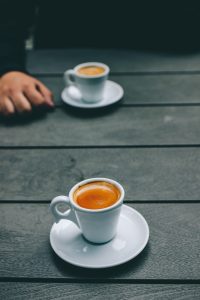Kopi Luwak
When contemplating about what to write on this blog, I thought why not write about one of the Café’s (& the worlds) favourite drinks! Coffee has become an important part of our lives & culture since it was first introduced to western countries in the 16th century. Since then, it has grown into one of the world’s biggest commodities with an estimated value of $100 billion worldwide.
Coffee is grown all over the world, but the biggest exporters are Brazil, Indonesia, Vietnam & Colombia. Indonesia is the country of my birth, so it seems a good idea to start here. Javanese coffee is known throughout the world to be one of the best. We use Sumatran (both Indonesian islands) coffee in the café. However, a lesser known coffee is the subject of this blog.
Kopi Luwak (Kopi is the Indonesian word for coffee) is one of the most expensive coffees around the world. Kopi Luwak is described as tasting smooth, not bitter and with a complex smelling aroma. It all sounds very nice until you hear how it is produced!

Jakarta, Indonesia
How it is made
Kopi Luwak is a coffee which is made from partially eaten coffee beans. These beans have been consumed and defecated by the Asian Palm Civet. The coffee cherries are fermented as they make their way through the digestive system. The beans are then collected from the faecal matter.
The makers of this coffee say that the process improves the taste by two ways. The animals only pick the very best coffee beans to eat and this selective method means only the top beans are used in the coffee. They also say that the digestion adds more flavour due to the chemical reactions in the body of the Civet.

Coffee beans in a round wok.
It certainly is working as some wild collected beans from these civets are selling for up to £1250 per kilogram!
Worth it?
Personally, I don’t really think the taste is worth the price, but I know that is very popular across the world. Unfortunately, as it has grown more popular, more intensive farming has had to be used to meet the demand. If you do want to try this coffee out, many online shops have it but do make sure you buy the wild caught version!
Next time, I will talk about Vietnamese coffee. It is my son’s favourite, who has been there and loved it so much. He even brought some back for me!

White ceramic coffee cup and saucer.
(Written by Triliria Newbury)
